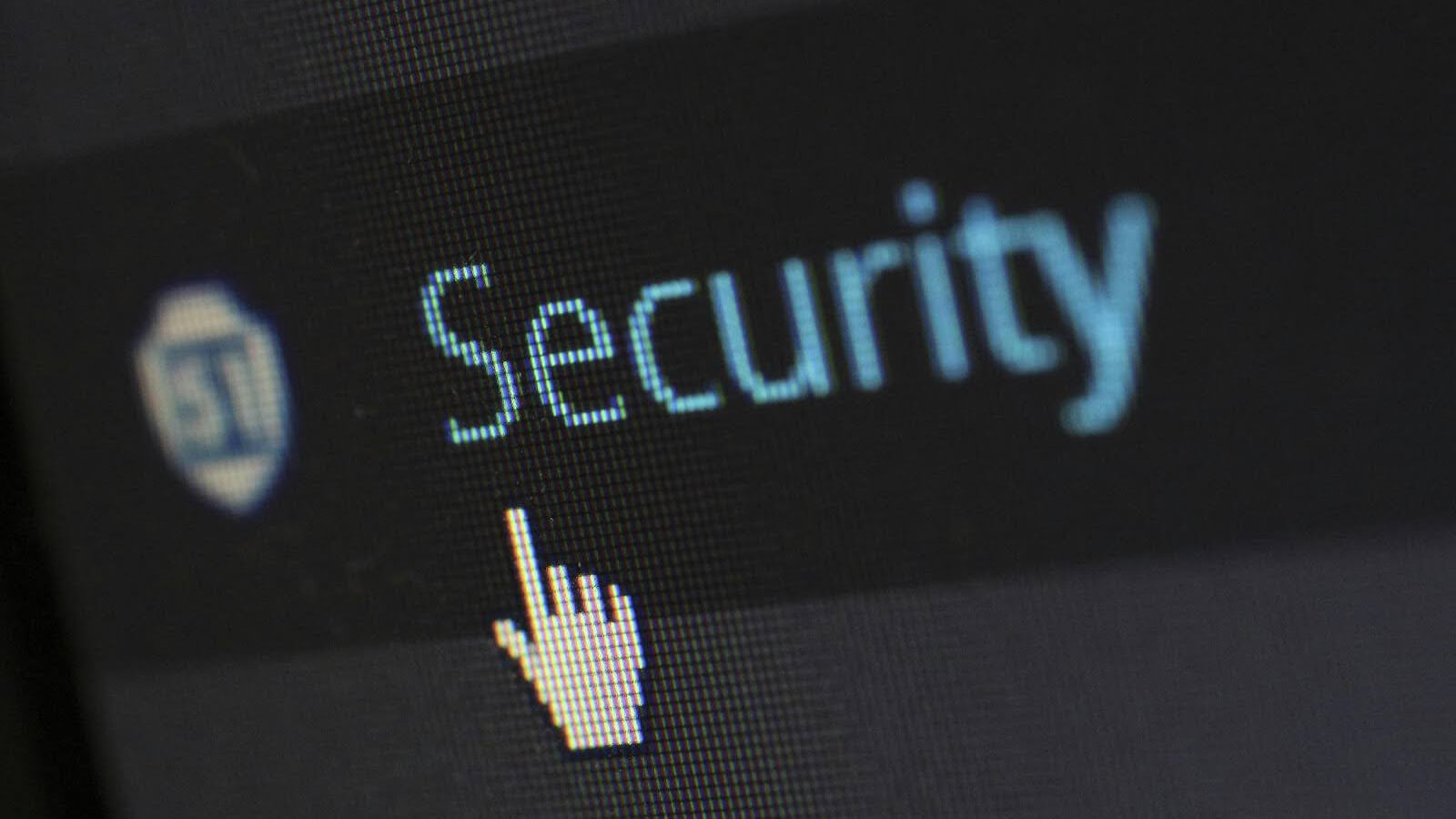May 25 2022
What is a Phishing Scam?
A phishing scam when scammers try to trick you into giving out personal information. They will try get personal information such as your bank account numbers, passwords and credit card numbers.
How does a phishing scam work?
A phishing scam is when a scammer contacts you pretending to be from a legitimate business such a bank, telephone or internet provider.
The scammer asks you to provide or confirm your personal details. For example, they may say that the bank or organisation is verifying customer records due to a technical error that deleted customer data. Or, they may ask you to fill out a customer survey and offer a prize for participating.
Alternatively, the scammer may alert you to ‘unauthorised or suspicious activity on your account’. You might be told that a large purchase has been made in a foreign country and asked if you authorised the payment. If you reply that you didn’t, the scammer will ask you to confirm your credit card or bank details so the ‘bank’ can investigate. In some cases the scammer may already have your credit card number and ask you to confirm your identity by quoting the 3 or 4 digit security code printed on the card.
Phishing messages are designed to look genuine, and often copy the format used by the organisation the scammer is pretending to represent, including their branding and logo. They will take you to a fake website that looks like the real deal, but has a slightly different address. For example, if the legitimate site is ‘www.realbank.com.au’, the scammer may use an address like ‘www.reallbank.com’.
If you provide the scammer with your details online or over the phone, they will use them to access your credit cards and steal your money.
How to avoid a phishing scam?
Do not click on any links or open attachments from emails claiming to be from your bank or another trusted organisation and asking you to update or verify your details – just press delete.
Look for the secure symbol eg. ‘https:’ rather than ‘http:’. Legitimate websites that hold confidential information are encrypted to protect your details.
Never provide your personal, credit card or online account details if you receive a call claiming to be from your bank or any other organisation. Instead, ask for their name and contact number and make an independent check with the organisation in question before calling back.
What is Malware & Ransomware?
Malware tricks you into installing software that allows scammers to access your files and track what you are doing, while ransomware demands payment to ‘unlock’ your computer or files.
What are the warning signs?
Emails or social media messages that claim to contain links to a topical news item or something ‘interesting’. These then ask you to download software in order to view the material. Music files, games, or access to adult sites are offered free of charge if a particular program is downloaded or a pop-up box is clicked. Pop-up boxes start appearing on your computer screen. These may have simple questions or a button that says ‘close’.
You notice new icons on your computer screen, or your computer is not as fast as it normally is.
How to avoid a malware or ransomware scam?
Do not open attachments or click on links in emails. Delete social media messages you’ve received from strangers. If you want to access information about breaking news, use a reliable news source rather than an unknown web link.
Be wary of free downloads and website access, such as music, games, movies and adult sites. They may install harmful programs without you knowing.
Always keep your computer security up to date with anti-virus and anti-spyware software, and a good firewall. Only buy computer and anti-virus software from a reputable source.
If you still have doubts, contact your anti-virus software provider or a computer specialist. See here for more information on Firewall and Internet Security.
Keep your office networks, computers, and mobile devices secure. Update your security software, change passwords and back up your data regularly. Store your backups offsite and offline. The Australian Cyber Security Centre explains how to back-up your data and secure your devices.













